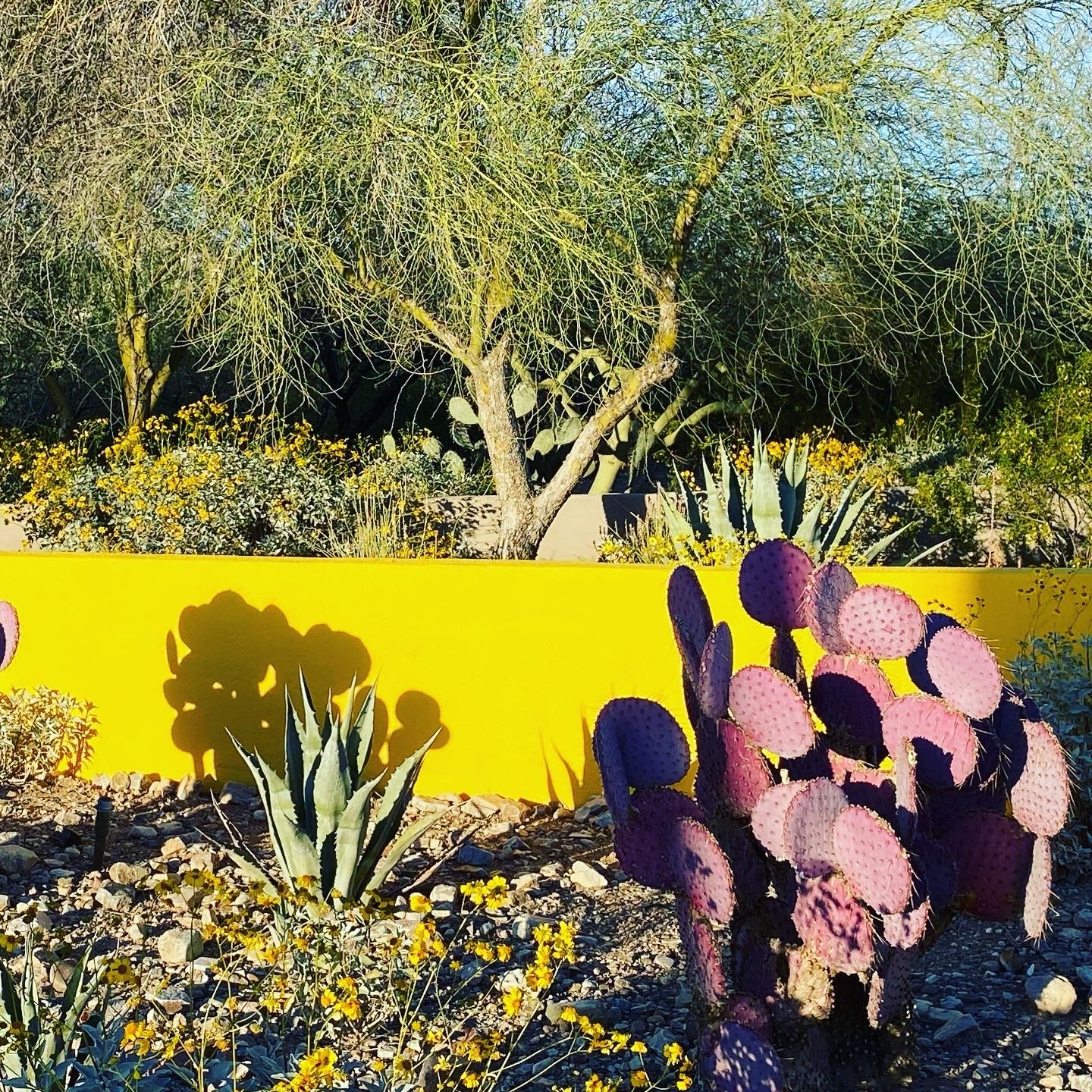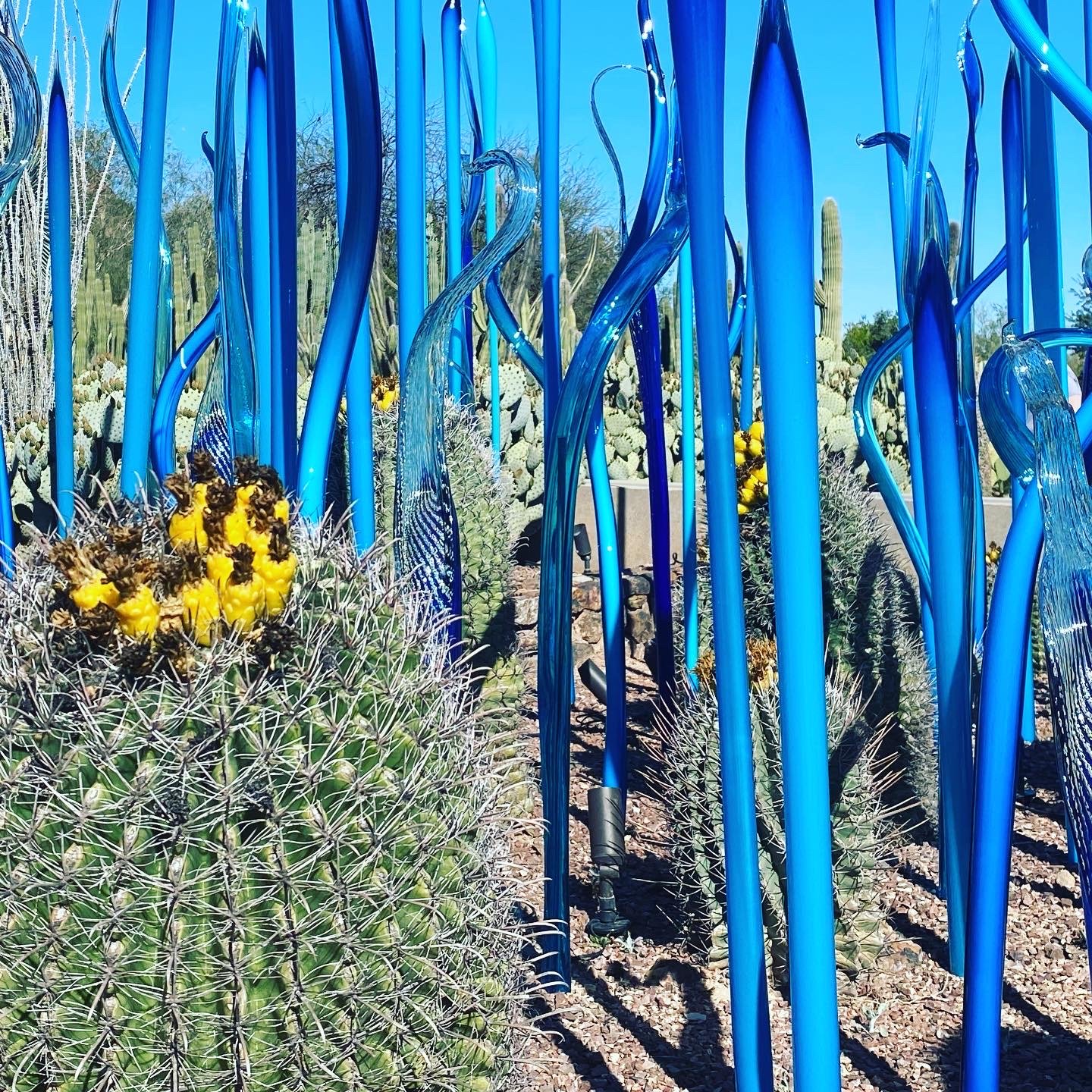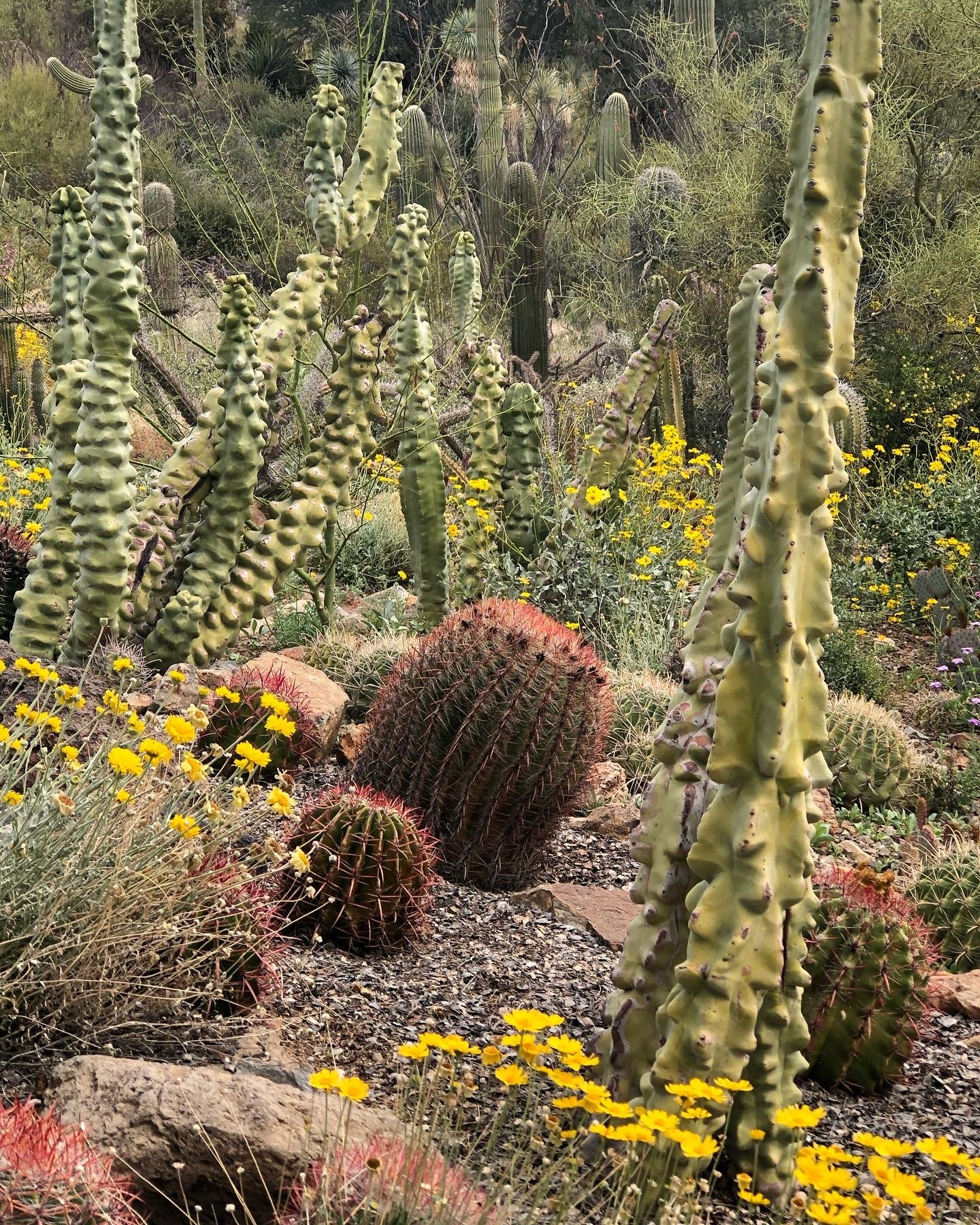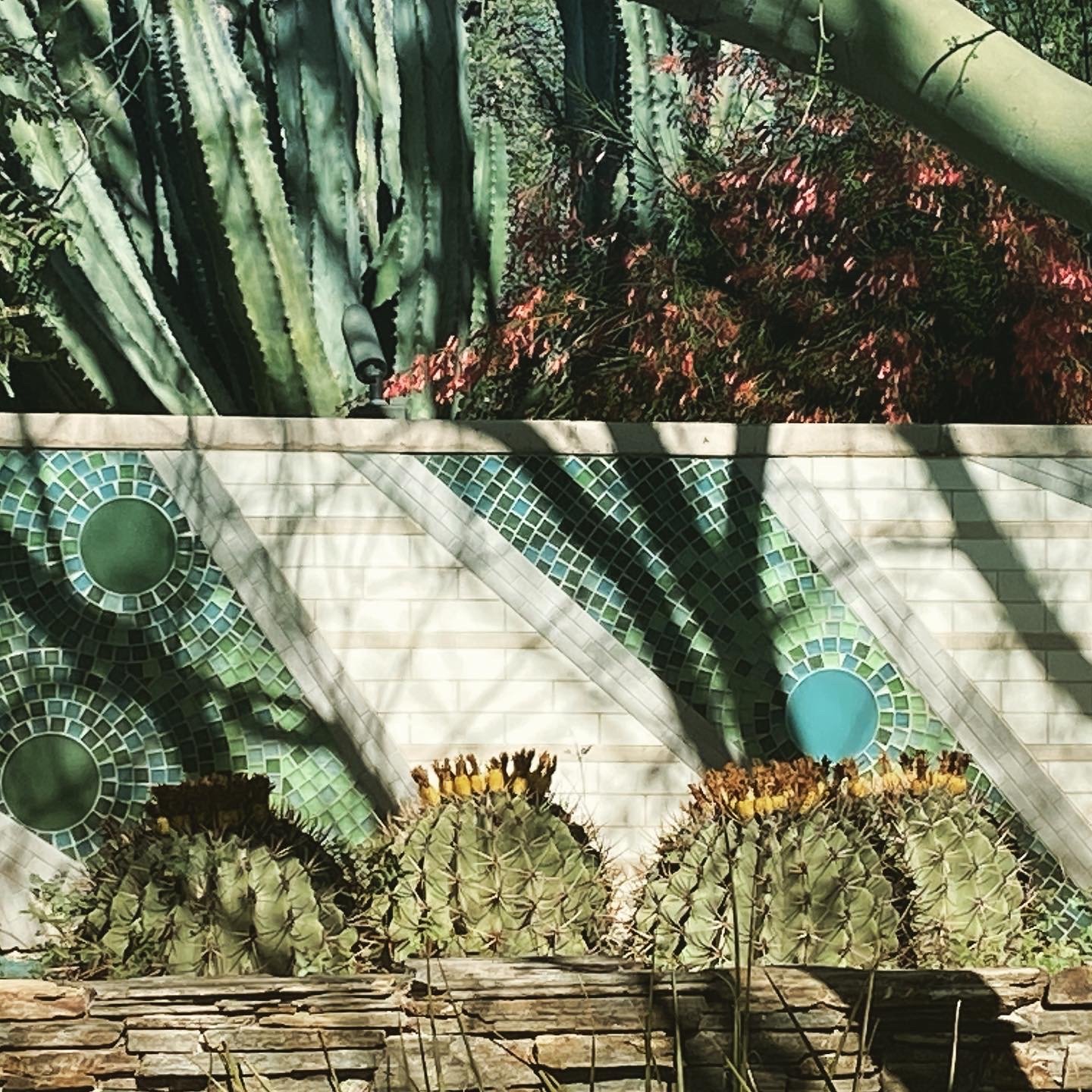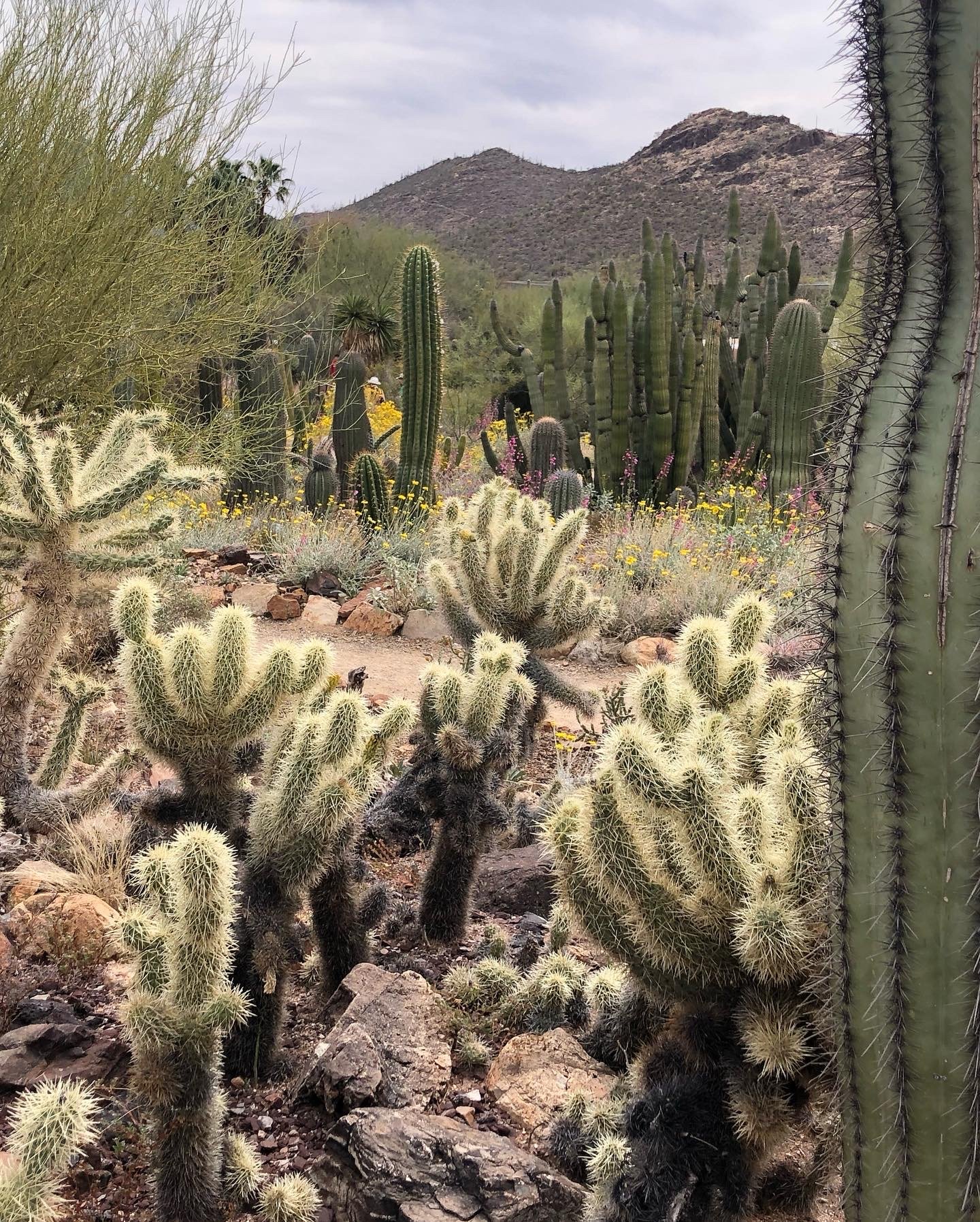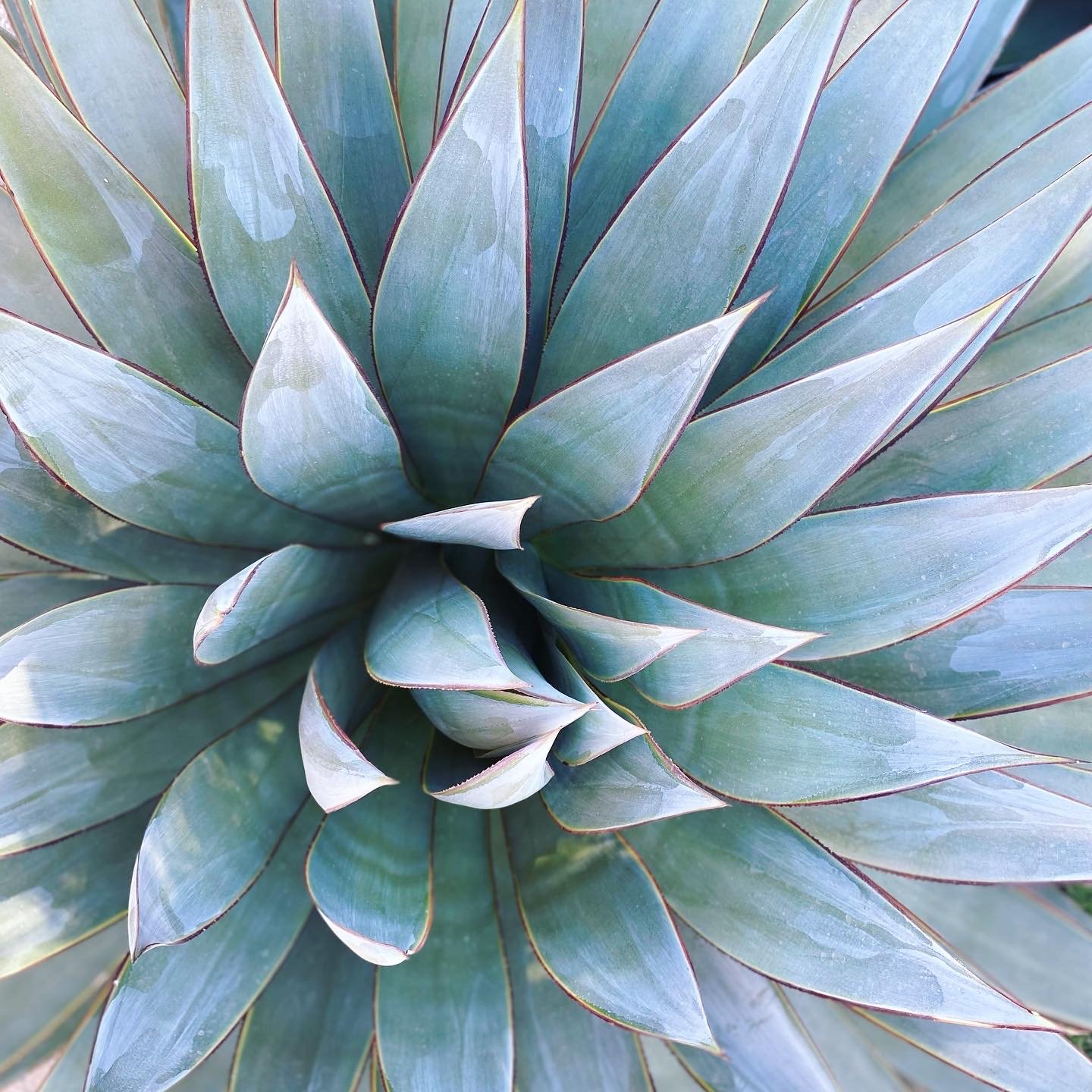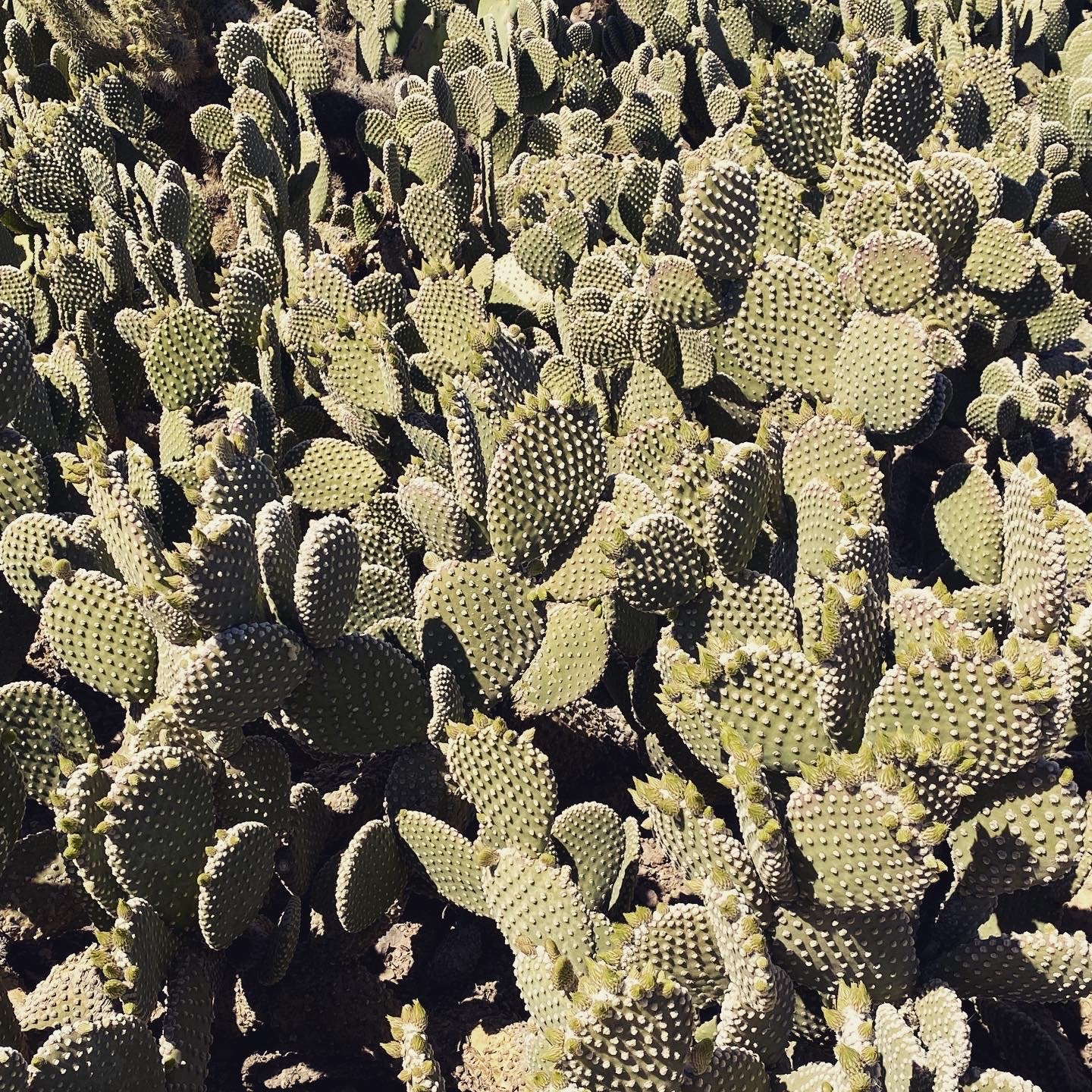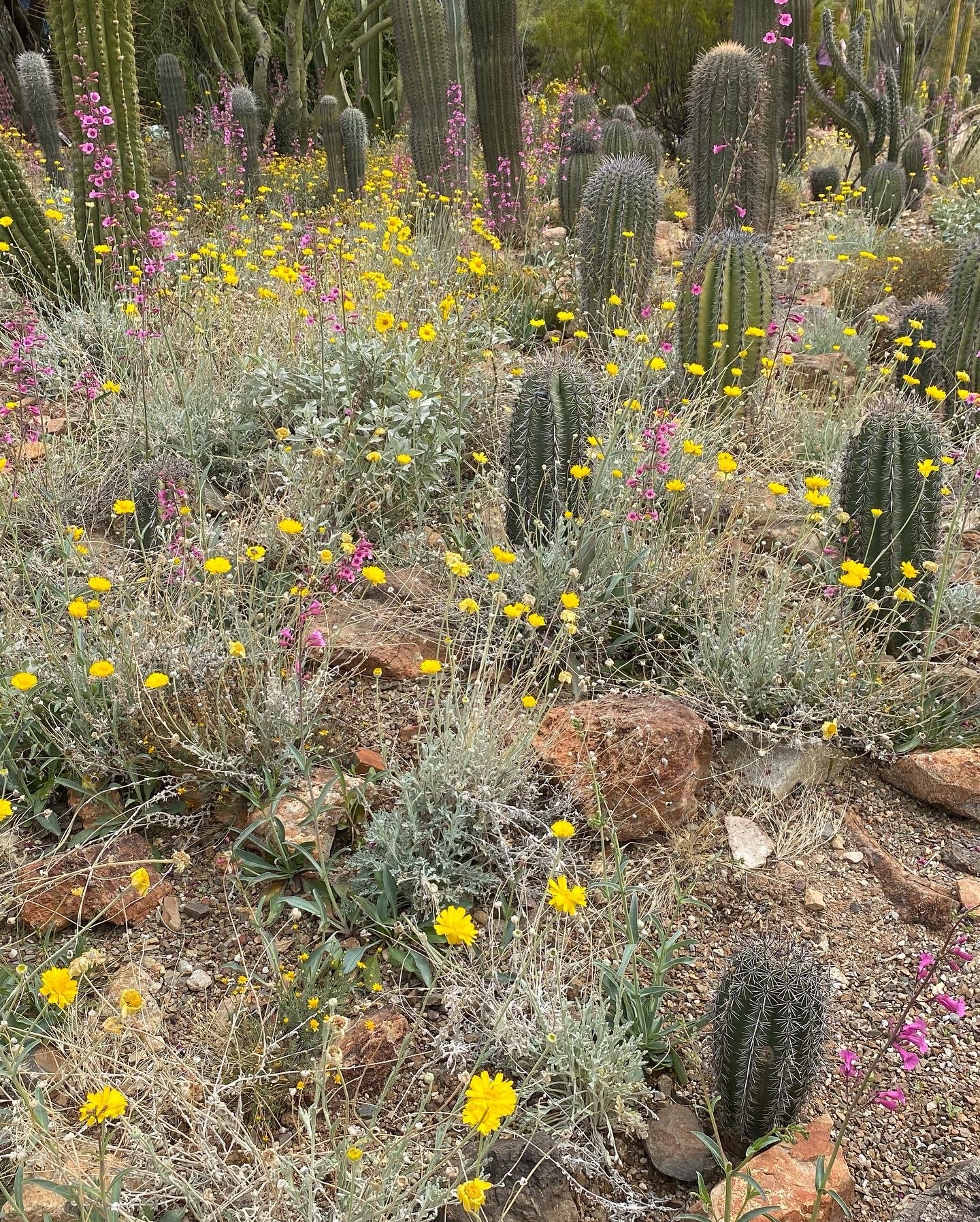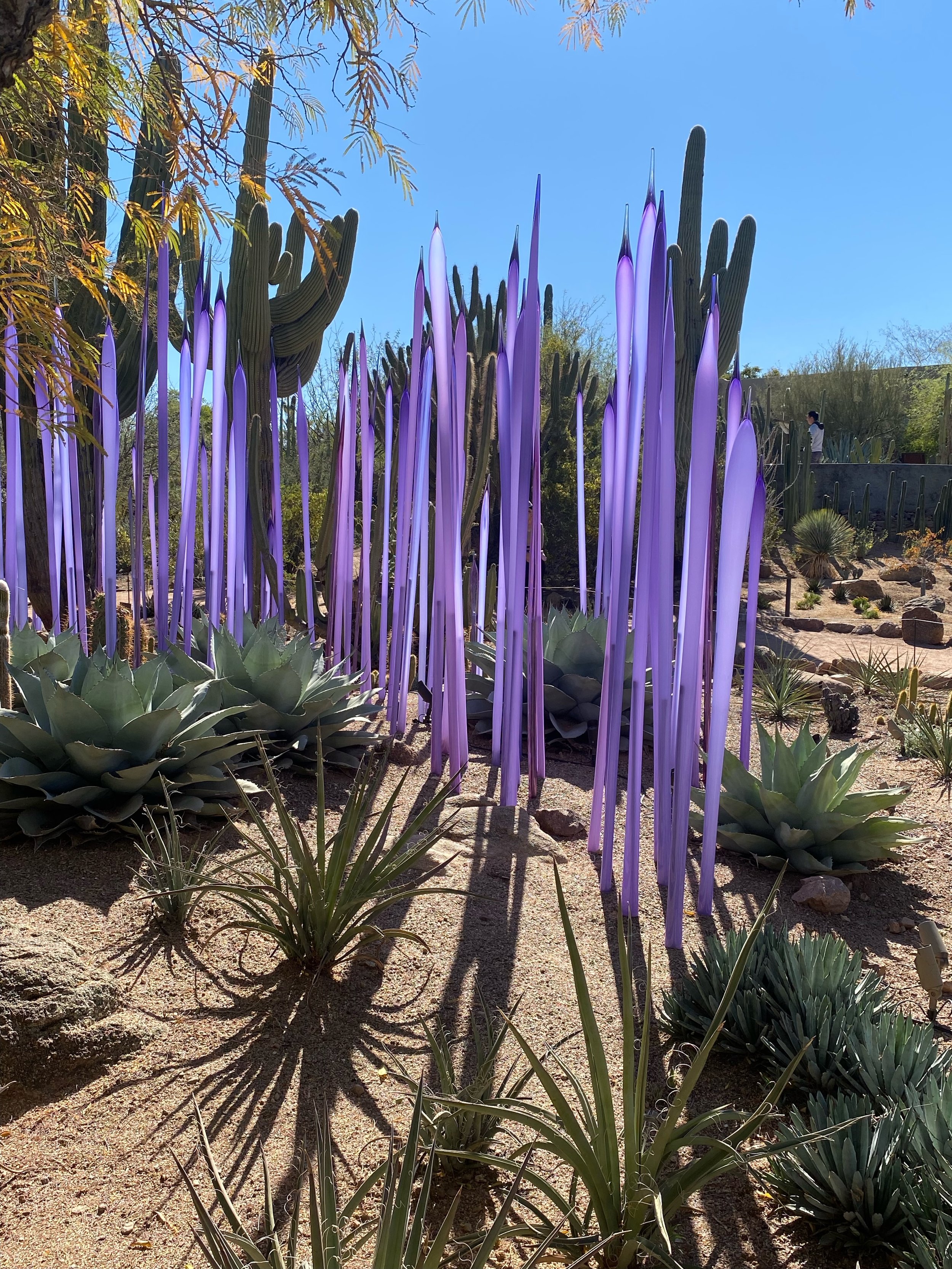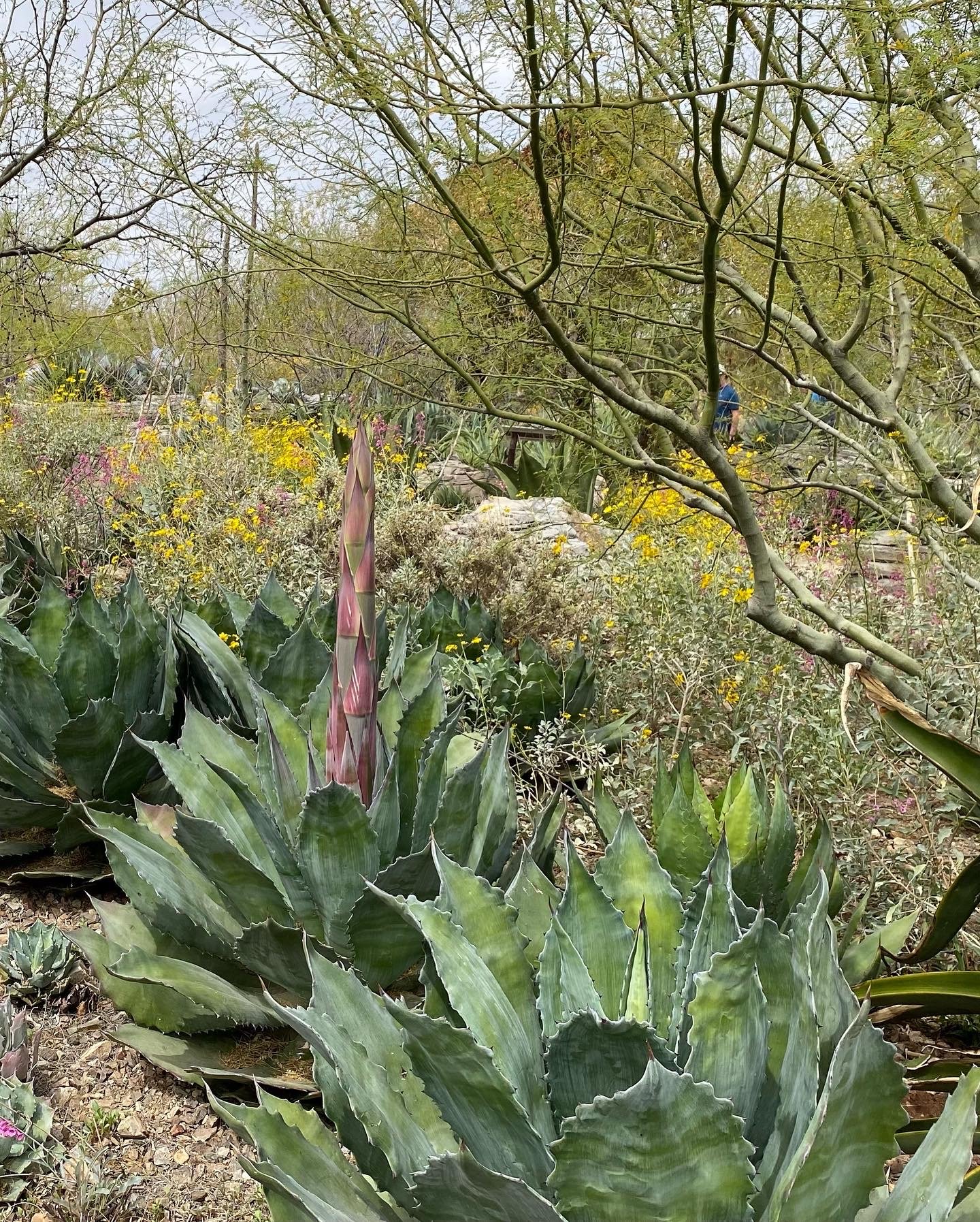And the Foreword Indies Gold Award for Nature Books Goes to...
On the Roof of the Rocky Mountains wins!
The Foreword INDIES Book of the Year Awards honor the very best of indie publishing. Every year, thousands of books are entered, and over 100 librarians and booksellers take part in the judging process, narrowing down a group of finalists in 55 categories to Gold, Silver, and Bronze winners that truly represent the best in independent publishing.
On the Roof of the Rocky Mountains wins Gold in the Nature category. Wahoo!
What happens when the birds and bees can't do it?
You’ve heard about the importance of pollinators — birds, bees, butterflies, bats and other small animals that travel from plant to plant carrying pollen on their bodies that help plants reproduce and sustain our ecosystems. With their fuzzy bodies, bees are by far the most effective pollinators.
When it comes to birds, bees, plants, and pollination, timing really is everything. Flowers and their pollinators synchronize their life cycles during the very short summers in the mountains. When a queen bumble bee emerges from her subterranean nest in early spring, her tiny body laden with fertilized eggs, she has one thing on her mind: food, which in her case is flower pollen. When the broadtail hummingbirds arrive in our mountain valleys after a harrowing journey of thousands of miles, they too are in search of nectar, found in the glacier lilies, dwarf larkspurs, and other opportunistic spring flowers. But what happens when early snowmelt and warming temperatures skew the bloom cycle?
Around the world, the cyclical events associated with changing seasons are skewed. Spring arrives earlier, and autumn—one of the most beautiful times of the year in the mountains—is sticking around a bit longer. While some plants and animals are adjusting, others are confused.
The study of the timing of seasonal biological activities—like pollination—is called phenology. Using phenology to study seasonal biological activities in plants and animals helps scientists detect how changes in the environment influences events that we often take for granted. What they’re finding is that these extreme alterations in temperature and precipitation are having a direct impact on the abundance and distribution of plants, and correspondingly, the decline of pollinators.
For over forty years, scientists at the Rocky Mountain Biological Laboratory near Crested Butte have been documenting how warming temperatures and changing snowfall patterns impact the timing of bird and insect arrival with that of the flower blooms they depend on. Their findings are alarming: since the 1970s, Rocky Mountain wildflower season has lengthened by an average of 35 days.
While an extra month of bloom time might seem like good news for wildflower enthusiasts, for plants and their pollinators it’s actually a worst-case scenario. Because most alpine species are perennials, some of whom can live a hundred years or more, a longer seasonal flowering cycle may cut short their life because each plant is investing so much energy into reproduction. Too, just because a plant starts to bloom earlier doesn’t mean it won’t get zapped by frost. And when that happens, early die-off affects bees, butterflies, hummingbirds and other creatures who rely on pollen and nectar for survival.
Betty Ford Alpine Gardens has established a phenology trail along Gore Creek and monitors the life cycle of ten native plants. If you’re interested in helping monitor plant and animal life cycle changes in sites throughout the United States, you, too, can join the citizen science effort and contribute observations to the U.S. National Phenology Network Nature’s Notebook database (https://www.usanpn.org/usa-national-phenology-network) which is used by researchers worldwide to track changes over time that indicate the effects of a changing climate.
This piece was published in the Vail Daily on May 12, 2022.
A bumble bee's hairy body is covered with pollen as she feasts on treats offered by a native thistle, Cirsium funkiae. Photo credit Nanette Kuich
Not Just Another Pretty Coffee Table Book
Mountain Living gives On the Roof of the Rocky Mountains a nice review! Click the link to read more.
Finding myself on the other side of the recording device
Earlier this year, Brooklyn-based garden designer and award-winning podcaster Carmen DeVito interviewed me for the Garden Communicators International quarterly newsletter. You can find it here, starting on page 8.
Desert Bloom
Visiting botanic gardens, public parks, and private gardens is something I look forward to in each new (and old) place I travel. On a recent trip to Arizona, I spent several hours at both the Desert Botanical Garden in Phoenix and the Arizona Sonoran Desert Museum in Tucson. I recommend return trips to both because there’s so much much to be learned about beauty and diversity of the Sonoran Desert, both on at its surface and below. March is a particularly beautiful time to visit as the color and textures are magnified by cooler temperatures and the remnants of winer moisture.
For me, what makes the Desert Botanical Gardens so interesting is the integration of landscape architecture and design in its exhibits. Simple concrete walls, painted in subtle desert hues serve as backdrops for sculptural acacia trees, a world-class agave collection, and multiple species of cactii. When the sun is low, the changing shade, shadow, and color is magnified throughout each unique space, emphasizing the architectural nature of desert plants. Serpentine seating walls, distinctive and contemporary shade structures, and delightfully subtle water features show just how hospitable the desert can be.
San Diego-based landscape architecture firm Spurlock Poirier won a 2013 ASLA Honor Award for the its design of the entry gardens, earning this comment from the jury.
“This is Desert Modern in the way it makes spaces. It's very sophisticated and connects the park to the Sonoran surroundings. The plants are the focus, beyond the stone edge. The botanical garden achieves a gallery effect with en masse drama.”
—2013 Professional Awards Jury
The Arizona Sonoran Desert Museum, founded in 1952 on 98 acres of land overlooking the Altar Valley on Tucson’s south side, will turn your concept of a museum on its head. Combining the complete natural history of a single region—the Sonoran Desert and adjacent ecosystems—the museum showcases the ecology of the Sonoran Desert in a manner that is accessible, understandable, and fun. Living exhibits include native inhabitants of the Sonoran Desert, from bighorn sheep and wolves to beaver and trout, as well as numerous gardens, geology exhibits, a world class mineral collection, and even a stingray-petting pool (for Baja enthusiasts).
On the Roof of the Rocky Mountains Shortlisted for Awards
Whoo hoo - it’s awards season!!
The book is up for a variety of regional and national awards. So far, we are shortlisted for the following awards. More to come as announcements are made.
The Foreword Indies, an award that honors the most innovative, creative, and beautiful books published by independent presses and authors. Thousands of books are entered each year, and a panel of over 100 librarians and booksellers take part in the judging, narrowing it down to a group of finalists and winners that represent the best books, all independently published, in 55 categories. Our competition in the Nature category is top notch which means our message is getting noticed! Winners will be announced in June.
Reading the West Book Awards’ 32nd Annual Nonfiction Longlist. The Reading the West Book Awards are sponsored and promoted by the Mountains & Plains Independent Booksellers Association, and honor the best fiction, non-fiction, and illustrated books for adults and children set in one of the states, or created by an author or artist living or working in the region. The awards, given to books published in the previous calendar year, celebrate the rich variety of writing in and about this region, and reflect the extraordinary diversity of the reading public. We are shortlisted in the nonfiction category… again with competition that is truly worthy!
Water Towers on the Roof of the Rocky Mountains
It’s mid-February which means we’re only just past the half way point of ski season, yet spring is right around the corner. With longer days comes deeper snowpack, typically peaking in mid April. About the time we’re ready for winter to end, the snow piles high on our patio furniture, crushing our daffodils, and sending a clear message that Mother Nature is the boss.
For the land above the trees, snow is a lifeline in an otherwise inhospitable environment. It’s the hose that never turns off, perpetually replenishing the high mountain “water towers”, those snowfields and alpine glaciers that melt slowly throughout the year, saturating the boggy peat surrounding lakes, and filling rivers and streams to the brim with water destined for downstream users.
Or, that’s the way winter used to be in the mountains of Colorado.
In fact, a 2018 study suggests that between 1982 and 2016, snowpack declined by 41 percent over 13 percent of Western land area - mainly in the Colorado River Basin mountain ranges. It’s a statistical decline with realtime results. When fall lasts longer, and summer starts earlier, there is simply less time for winter to settle in to the mountains. A decline of this magnitude is equivalent to losing 7.17 million square acre-feet of water, which is enough to supply drinking water to the cities of Tucson and Phoenix for four years. More recently, a study by climate scientists at the University of California, Los Angeles, suggests that 2000-21 is the driest period in 1200 years. The major cause, according to the study, is rising temperatures.
What does that amount of loss mean for alpine habitat? At the Rocky Mountain Biological Lab in Gothic, Colorado, Professor David Inouye, Professor Emeritus at the University of Maryland has been recording plant and animal activity on a daily basis for over 50 years. His five decades of data is sobering: high mountain ecosystems are in peril, and the change is obvious, even to the naked eye.
High alpine ecosystems, those environments where trees can’t survive because it’s just too cold, too windy, and generally inhospitable, are changing. Warmer temperatures and less snowpack are altering that invisible line above which trees aren’t supposed to grow. The result? Previously open, high alpine meadows are slowly filling up with trees. And those alpine plants? They’re moving into areas previously occupied by glaciers. Moving to higher ground continues to be an option, until there’s simply no higher ground to move to.
While shrinking glaciers may open new land for colonization by alpine species, there’s a bigger problem. The water tower is slowly but surely losing its ability to retain enough water to sustain life downstream.
Less snow and earlier springs may be a blessing for those of us who tire of winter around the first of February but for the tiny plants and animals who call the alpine home, it’s a complete disruption. Instead of settling in under a wooly and protective blanket of snow for months at a time, they’re shivering under a thin cotton coverlet of wind-blown ice, their leaves tinged with frost, their roots dry and desiccated, their systems completely confused by constant temperature fluctuations and unreliable moisture. Flowering and seed production is now a scientific crapshoot, the timing sporadic and the results highly variable. Alpine conservation scientists documenting and collecting seed for restoration work, such as Betty Ford Alpine Gardens in Vail, may find sites to be less predictable and productive as a result. Everything from bumblebees and butterflies, to hummingbirds and pikas are affected by these changes.
For example, glacier lilies, those graceful beauties that emerge in snowbank communities and aspen groves in May, are blooming almost three weeks earlier now than in 1970, a phenomenon that affects migrating hummingbirds, says Inouye. By the time the hummingbirds arrive, many of the plants are done blooming. In another study, Inouye monitored the bloom cycle of mountain daisies, determining that earlier spring snowmelt led to earlier blooming, leaving the plants vulnerable to frost and effecting the nectar that is particularly desirable to a species of butterfly that feeds on it during egg-laying season.
Admittedly, these changes are small, but taken incrementally, they add up to an alpine environment that could look very different from what we see today. For humans, it could be devastating: about 80% of the water for agriculture, industry and drinking comes from high-elevation snowpack in the American West.
For realtime information about our snowpack, either locally or nationally, check out Snoflo.org, a website that tracks hydrology patterns across North America. You’ll find out everything you need to know about daily snow reports as well as historical data about snowpack, snow water equivalent, and temperature fluctuations.
This piece was published in the Vail Daily on February 28, 2022.
Vail's Hidden Secret
I spent a summer during graduate school selling pansies, petunias, and poppies at a plant nursery in Vail, Colorado. Many of the loyal customers were alpine plant enthusiasts, a trend that seemed to be particularly popular where boulder retaining walls proliferated around homes on steep slopes. Creeping phlox, compact campanulas, rock cress, and Armeria, whose brilliant fluorescence marked the beginning of summer in the mountains, were big sellers. They’s seen them at Betty Ford Alpine Gardens, the customers told me.
Little did I know that almost thirty years later, I would write a book on the Gardens called On the Roof of the Rocky Mountains: the Botanical Legacy of Betty Ford Alpine Gardens. Published in 2021, the book pays homage to this hidden treasure of a botanical garden that is fast becoming world-renowned for its expertise in alpine ecosystems and alpine plant conservation. Tidbits from the book will appear here throughout the following months. Here’s a quick overview of how the Gardens came to be.
++++++++++++++++++++++++++++++++
Just like babies, great ideas are born everywhere, even in the back seat of a car. In the summer of 1983, Marty Jones, a landscape designer and owner of a local nursery that sold alpine plants, was driving home from Denver when his new truck broke down in Georgetown. Sticking out his thumb, he was immediately picked up by Helen and Bob Fritch, new owners of the Sitzmark Lodge. A loyal customer of Jones’ nursery, Helen was thrilled to have Jones in the backseat so she could learn about his dream of building a botanic garden devoted to alpine plants in Vail.
Well-connected and always up for a challenge, Fritch pitched the idea to a handful of locals including Cissy and John Dobson, Fitzhugh and Eileen Scott, Don and June Simonton, Marge Burdick, Tom and Flo Steinberg, and Donna and Fred Meyer. The timing couldn’t have been better, as Vail was quickly capturing headlines for its cadre of well-known athletes and political leaders, most famously Gerald R. Ford, who was such a regular on the slopes when he became President of the United States that the White House press corps began calling Vail “The Western White House”.
When, in 1985, Town leaders initiated a master plan for a park and outdoor amphitheater to be located just east of Vail Village, Fritch’s intrepid group jumped at the opportunity to add an alpine garden. Leading the charge were Fritch and hotelier Sheika Gramshammar with their good friend Betty Ford. Always the renegade, Jones—a self-taught landscape designer who never met a piece of earthmoving equipment he didn’t like—opted to go above and beyond the straightforward ‘landscaping’ that the Town had envisioned. Building a series of display gardens, complete with boulder outcroppings, a small hill, and even a recirculating mountain stream, Jones wanted to show residents and visitors just how diverse gardens in the Rocky Mountains could be. “We wanted to make sure people knew that more than the ‘3 P’s’—petunias, pansies and poppies—could grow in the mountains,” he says. Vail’s cool temperatures, monsoon rains, and crisp, clear air, were sure to make any garden flourish, he promised.
In the last twenty years, the Gardens’ focus has changed. Now, in addition to being a community resource for high elevation gardening, it’s an internationally known scientific organization recognized for its study of alpine plants and ecology. “We’re focused on a very small ecosystem,” explains Education Director Nanette Kuich, “but it’s probably the one most impacted by the changing climate and the influence of the human population.” Visitors engage with the Gardens’ exhibits and collections with their eyes wide open for the simple reason that the mountains are a beautiful mystery. And, she notes, visitors tend to linger at the world map, located prominently in the Education Center’s gallery. “When they realize that the alpine ecosystem exists all over the world, suddenly they want to know what, exactly, the alpine ecosystem is, and why it matters.”
Published in the Vail Daily, January 25, 2022
5 reasons why this book makes a great holiday gift!
You’re probably wondering why a book about a botanical garden in Vail, named for a First Lady (from Michigan) who is better remembered for her courage and resiliency in the face of huge personal struggles than her gardening prowess—think substance abuse, breast cancer and all those things that were swept under the rug in the mid 1970s—is worth a read.
Here are five reasons this book should be on your bookshelf:
Beautiful photographs! If you’re a fan of mountain landscapes, the photography alone should be enough to make you want to put On the Roof of the Rocky Mountains on your coffee table.
Betty Ford Alpine Gardens is an internationally-known leader in alpine plant conservation. But, it certainly didn’t get there overnight. To quote another First Lady, it takes a village to generate the foresight and funds to get any good idea off the ground, and this botanical garden is no exception. On the Roof of the Rocky Mountains gives readers an inside look at what it takes to create an organization that is internationally recognized as a leader in high alpine plant conservation.
If scientific names really float your boat, this book is for you. The depth and breadth of horticultural and botanic knowledge contained in On the Roof of the Rocky Mountains was checked and double-checked by staff from Betty Ford Alpine Gardens as well as experts at the Denver Botanic Gardens and our trusty editors. No stone—or tiny alpine plant—was left unturned in our quest to show just how significant and relevant the Gardens’ botanic collections truly are. For example, every species of Aquilegia (otherwise known as columbine) that grows in North America can be found in the Gardens from the smallest, Aquilegia jonesii, to the Colorado state flower, Aquilegia coerulea, or Rocky Mountain columbine. One of the rarest plants in North America, the Parachute penstemon, Penstemon debilis, garnered a full page spread in the book, its delicate pink flowers captured so delightfully by photographer Todd Pierce.
Guest essays by superstars from the botanic and plant conservation world point out the good work the Gardens is doing in context with a larger global effort to combat climate change and protect alpine ecosystems around the world. Peter Raven, author of The Biology of Plants (which every person over 40 who took Intro to Biology most likely read) leaves us with this gem: As human activities warm the climate beyond any natural limits, they progressively endanger the survival of remaining fragile alpine species. While we struggle to form international agreements that will slow, and eventually even halt these warming activities, they continue unchecked. Those who delight in the plantings at Betty Ford Alpine Gardens understand what we are losing and are united in an effort to save what we have left.
And finally, if you need a break from the never-ending buzz of our daily lives, find a comfy chair and immerse yourself in the peace, tranquility, and beauty of Betty Ford Alpine Gardens. Imagine you’re in the Gardens, sitting on a bench next to the woodland stream. It’s mid-June and the candelabra primrose are in full bloom. Life is good.


